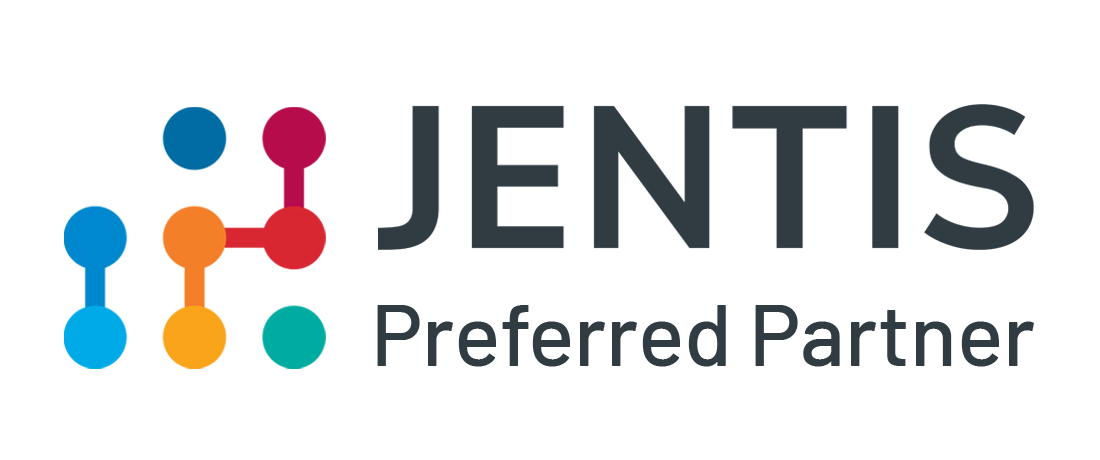What is the challenge with Online Marketing at the moment?
The data privacy regulations have become a lot stricter after scandals like Cambridge Analytica where Facebook data was used without consent for political advertising. Currently most platforms like Facebook, Google or LinkedIn still depend on a cookie to follow users around the web to track their behavior. They are only allowed to do this if the users are informed about it and give their consent to be tracked according to Europe’s General Data Protection Regulation (GDPR).
Based on the privacy concerns, many browsers have started to limit or completely block the setting of cookies for the protection of personal data. Safari, Firefox and Edge already block third party cookies by default and in 2023 Chrome announced to do the same.
So now the question is, how can we still show ads to a relevant audience, if we cannot track them around the web and can only target people who gave consent?
Get User Consent via Dynamic Cookie Consent Solutions
What permissions are needed from the website visitors depends on the location and the data privacy regulations that need to be followed. Cookie banners can be configured to be displayed dynamically based on the data privacy regulations in the visitors’ countries, or states.
Websites with visitors from multiple countries should therefore set up a smart cookie consent solution that shows different cookie banners based on the visitors region.
That way you can make sure you are always compliant while also losing as little data as possible. So the first question to ask yourself is where your visitors come from, what laws from what countries you need to follow and then set up dynamic cookie banners.
Be Data Privacy Compliant with Server-Side Tracking
Server-Side Tracking is a new and different concept of web analytics. Instead of tracking user information on client-side, which means on users’ devices, the user information is tracked and stored on a server. This server is placed between your website and the ad-platforms.
So the server collects the data from your website such as visits, conversions, where people come from etc. You can then decide how to forward this user information to third parties like Google or Facebook. You can anonymize or pseudonymize the data and only forward the anonymized data. With this process the data collection is data privacy compliant and you decide which data you can forward to third parties when you have user consent for it.
Another benefit of server-side tracking is the possibility of setting first party cookies only. So the browser blocking of third-party cookies would not affect your cookies. If you are interested in a deeper look into server-side tracking, read our pros and cons about server-side tracking.
Can First-Party Data be a Solution?
Let’s take a step back. What is first party data?
First-party data is information a company collects directly from its customers and is owned by that company. The data that is collected about users, is limited to the domain they visit.
A lot of companies are now focussing on 1st-party data: data from the clients that they own. This can definitely enrich your data set, but according to GDPR you can only use the data for the purpose the customer gave it to you and you will still need consent to use that data for advertising. So you cannot feed the user data in your advertising platforms without user consent for this use case.
The big difference with server side tracking is that with server-side you can feed anonymised data into the advertising platforms without consent and you only need consent for personalized data.
If you would like to know more about making your online marketing campaigns compliant, feel free to reach out for a non-binding chat.









